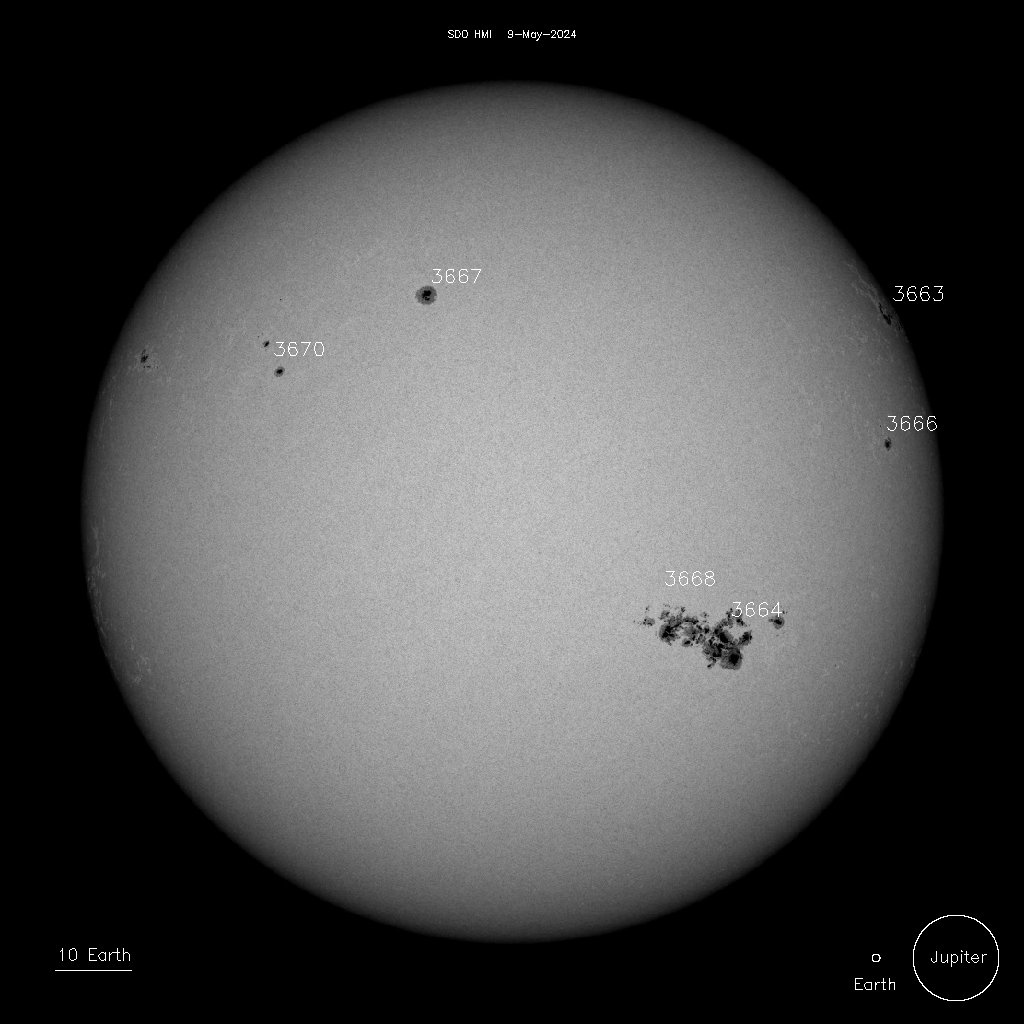Sagittarius Dwarf Elliptical (Sag DEG)
ra: 18:55:19.5 dec: -30:32:43 - 65.000 l.y. - Elliptical
The second galaxy that is found away from the Milky Way is the Sagittarius Dwarf Elliptical (Sag DEG).
It's a satellite elliptical galaxy in polar orbit at 65.000 l.y. away from the Solar System and 50.000 l.y. from the galactic center.
Some stars, torn by the force of gravity of the Milky Way, form a stellar stream in orbit around the Galaxy, while others were already "cannibalized".
The persistence of an elliptical morphology, despite the numerous passages through the central region of the Galaxy, it's probably due to the abundant presence of dark matter.
Officially discovered in 1994 was clearly identified only in 2003 with infrared observations.
Half65.
It's a satellite elliptical galaxy in polar orbit at 65.000 l.y. away from the Solar System and 50.000 l.y. from the galactic center.
Some stars, torn by the force of gravity of the Milky Way, form a stellar stream in orbit around the Galaxy, while others were already "cannibalized".
The persistence of an elliptical morphology, despite the numerous passages through the central region of the Galaxy, it's probably due to the abundant presence of dark matter.
Officially discovered in 1994 was clearly identified only in 2003 with infrared observations.
Half65.
Nana Ellittica del Sagittario (Sag DEG)
ra: 18:55:19.5 dec: -30:32:43 - 65.000 a.l. - Ellittica
La seconda galassia che si incontra allontanandosi dalla Via Lattea è la nana Ellittica del Sagittario (Sag DEG).
E' una galassia satellite ellittica in orbita polare a 65.000 a.l. di distanza dalla Terra ed a 50.000 a.l. dal centro galattico.
Alcune stelle, strappate dalla forza di gravità della Via Lattea, formano un getto stellare in orbita intorno alla Galassia mentre altre sono state già "cannibalizzate".
Il permanere di una morfologia ellittica, nonostante i numerosi passaggi attraverso la regione centrale della Galassia, è probabilmente dovuta dalla abbondante presenza di materia oscura.
Ufficialmente scoperta nel 1994 è stata chiaramente identificata solo nel 2003 grazie ad osservazioni nell'infrarosso.
E' una galassia satellite ellittica in orbita polare a 65.000 a.l. di distanza dalla Terra ed a 50.000 a.l. dal centro galattico.
Alcune stelle, strappate dalla forza di gravità della Via Lattea, formano un getto stellare in orbita intorno alla Galassia mentre altre sono state già "cannibalizzate".
Il permanere di una morfologia ellittica, nonostante i numerosi passaggi attraverso la regione centrale della Galassia, è probabilmente dovuta dalla abbondante presenza di materia oscura.
Ufficialmente scoperta nel 1994 è stata chiaramente identificata solo nel 2003 grazie ad osservazioni nell'infrarosso.
Half65.





No comments:
Post a Comment